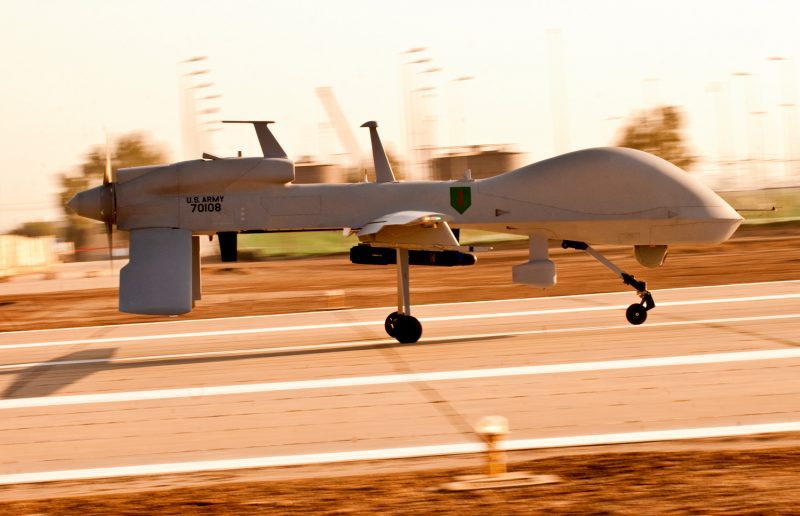Military Seeks Breakthrough in Drone Control Via Brain Waves
Defense Advanced Research Projects Agency or DARPA has pursued a singular and enduring mission for the pasty 60 years: to make pivotal investments in breakthrough technologies for national security. When DARPA starts throwing money around you can bet they have a serious project in mind.
Introducing the N3 program. It’s a doozy.
The N3 program fits right into DARPA’s high-risk, high-reward biomedical tech portfolio, including programs in electric medicine, brain implants, and electrical brain training. And the U.S. defense R&D agency is throwing big money at the program: Though a DARPA spokesperson declined to comment on the amount of funding, two of the winning teams are reporting eye-popping grants of $19.48 million and $18 million.
N3 is basically an imagined drone flight program that uses the operator’s brain waves to guide it. Or them. These projects will allow one operator to unleash swarms of drones. Part AI driven part operator driven.
In an article found at the website for an advanced technology society, IEEE, the story shows how the military could benefit from a more effective way to control drones.
DARPA’s Next-Generation Nonsurgical Neurotechnology (N3) program has awarded funding to six groups attempting to build brain-machine interfaces that match the performance of implanted electrodes but with no surgery whatsoever.
By simply popping on a helmet or headset, soldiers could conceivably command control centers without touching a keyboard; fly drones intuitively with a thought; even feel intrusions into a secure network. While the tech sounds futuristic, DARPA wants to get it done in four years.
Specifically, the program is seeking technologies that can read and write to brain cells in just 50 milliseconds round-trip and can interact with at least 16 locations in the brain at a resolution of 1 cubic millimeter (a space that encompasses thousands of neurons).
“It’s an aggressive timeline,” says Krishnan Thyagarajan, a research scientist at PARC and principal investigator of one of the N3-funded projects. “But I think the idea of any such program is to really challenge the community to push the limits and accelerate things which are already brewing. Yes, it’s challenging, but it’s not impossible.”
This is a more advanced system for controlling drones in active combat than the $150 mind-controlled drone that hit Kickstarter in March. Actually, this model appears to use the motion of your head to give commands, and not thinking to make it move.
read more at spectrum.ieee.org









Leave A Comment